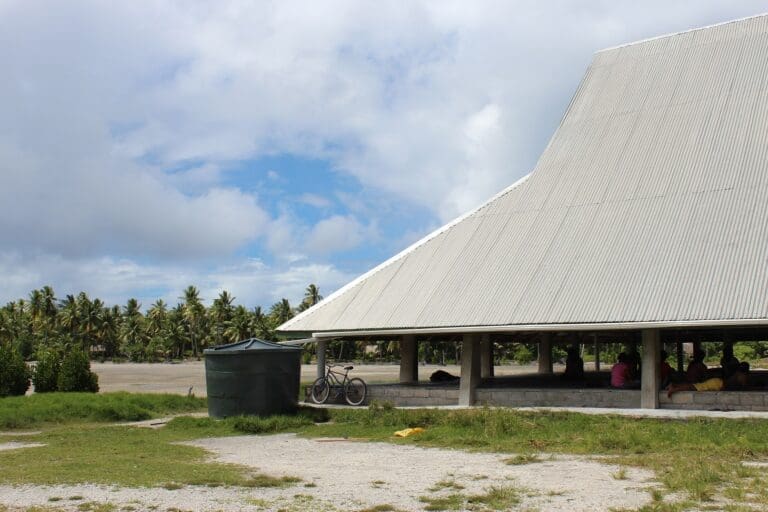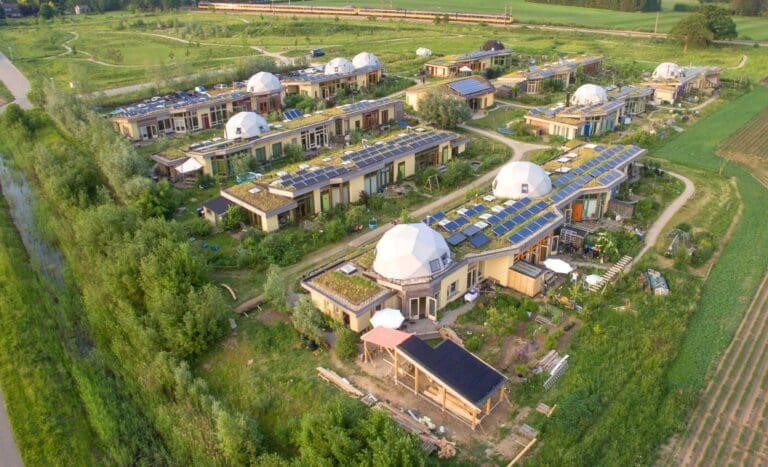Why Plant-Based Meat?
Plant-based meat is created directly from plants, bypassing the need for animals to convert plants into meat. By transforming plant ingredients directly into meat, the process becomes more efficient. Similar to animal-based meat, plant-based meat contains protein, fat, vitamins, minerals, and water. The latest generation of plant-based meat closely resembles conventional meat in appearance, cooking, and taste.[1]
Looking Back
There are several reasons for the use of meat substitutes. During times of hardship, dishes like swede cutlets were created, and inventions like Maggi seasoning were developed to enhance the diet of poorer populations who could not afford meat. Swede cutlets, made from rutabagas/Swedish turnips (also known as swedes), are plant-based patties that served as a meat substitute.[2]
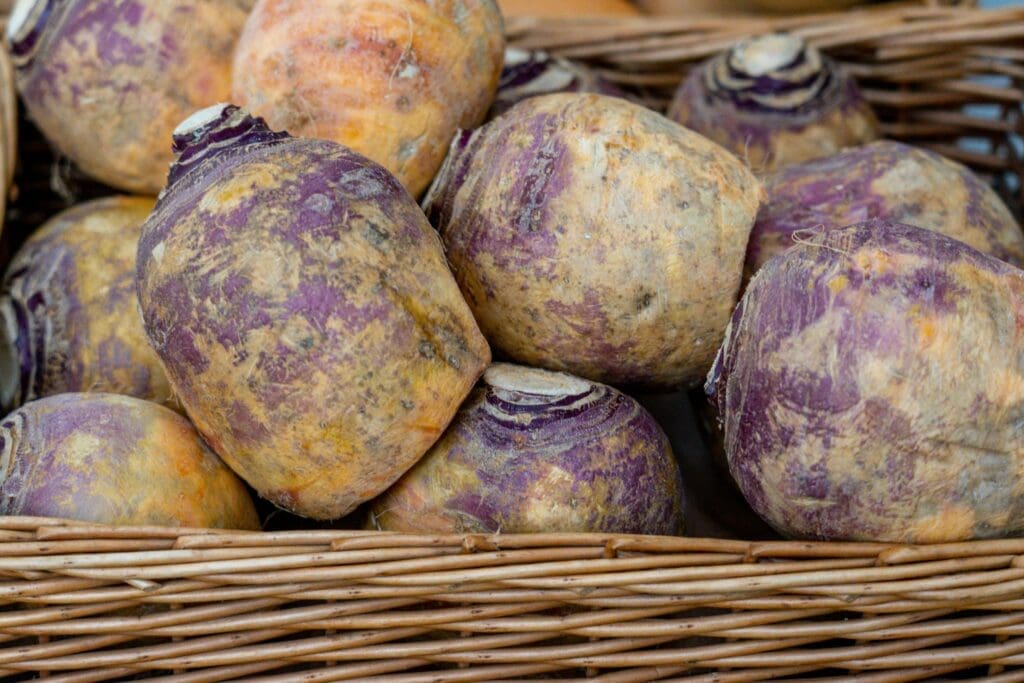
Starting in the late 19th century, European vegetarianism and reform cuisine led to the development of recipes and ingredients that mimicked meat dishes and products, such as roast patties and yeast extract, for ethical and health reasons. In the past decades, also reasons like environmental impact, personal or cultural experiences or the mere joy of culinary exploration made millions of people worldwide adopt a plant-based diet. In recent years, the plant-based meat market has grown significantly, with companies producing plant-based burgers and other products that come very close to the taste and consistency of conventional meat.[2]
This “biomimicry” approach began in 2012 with the introduction of Beyond Meat’s chicken strips, and it gained momentum with the 2016 launch of the Impossible Burger and Beyond Burger, both of which have become popular in mainstream fast-food outlets.[1]
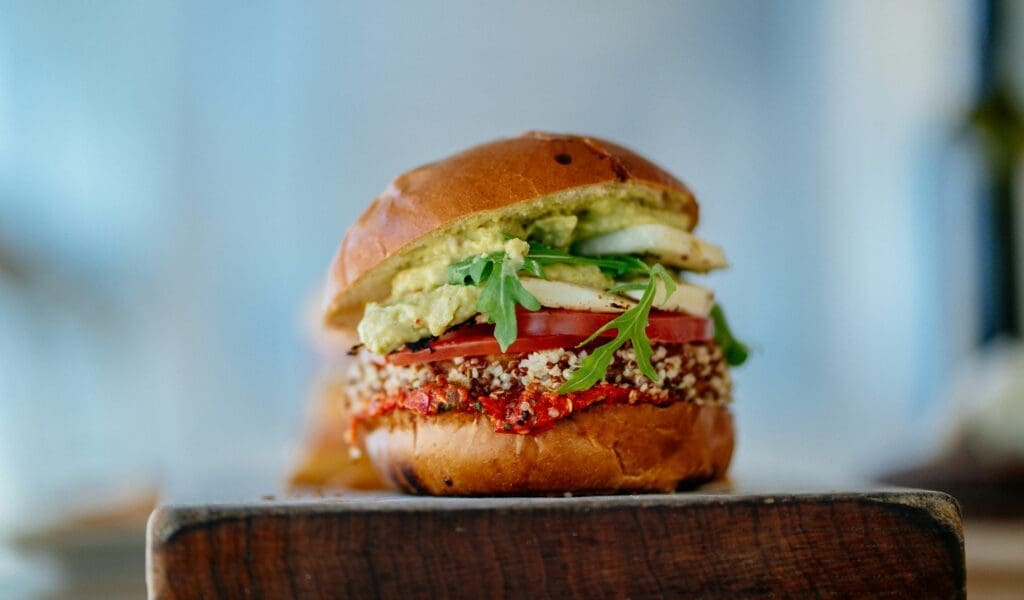
Development and Production[2]
Plant-based meat substitutes often consist of denatured plant or fungal protein. These proteins are processed using an extruder, which gives them a meat-like texture. An extruder works by forcing a solid to viscous mass through a shaping opening under high pressure and temperature, a process known as extrusion. At the end of the extruder, the mass is cut or torn into small pieces.
Common sources for plant-based meats include pulses, cereals, and oilseeds, which can be turned into products like burgers or sliced meat. Protein content can be increased using protein concentrates.
Heating plant-based meat substitutes triggers the “Maillard” reaction, a chemical reaction between amino acids and reducing sugars that produces the typical flavors of cooked meat. In some cases, additional aromas are added to achieve a meat-like taste.

To cater to flexitarian, vegetarian, and vegan diets, various meat substitute products are developed in the food industry, aiming to closely copy the taste and texture of real meat. Some examples include:
- Texturized soy (“soy meat”): Extruded, defatted soybean meal
- Quorn: Fermented tubular mushroom mycelium (mycelium is quite versatile as it also serves as an insulation material, see https://solarpunkcities.com/arts/low-energy-houses-building-for-a-sustainable-future/)
- Milk schnitzel: Made mainly from skimmed milk powder, with a meat-like consistency
- Smoked soy sausages: Modeled after Vienna sausages, made from soy
- Vegetarian sausage: Based on egg white
These products are made from similar raw materials, along with binding agents, water, spices, and flavorings. Unlike meat, plant-based substitutes contain no cholesterol.
Quality
“Quality comes at a price” is an old saying that still holds true, especially when it comes to food. Meat products from intensive factory farming are often less expensive than their plant-based alternatives. Industrial livestock production aims at increasing productivity and efficiency, often to the detriment of animal welfare. Furthermore, mass livestock breeding with quick turnaround times results in increased use of medications including antibiotics, [4] special feed ingredients, and supplements such as hormones to accelerate growth.

Meat substitute alternatives, on the other hand, tend to offer better quality, with an emphasis on maintaining high standards, which corresponds to higher pricing.
Embracing a Plant-Based Lifestyle
Eating healthy while helping the environment sounds like a dream, but plant-based meat substitutes make it possible. These alternatives are generally better than conventional meat because they contain less saturated fat, reducing the risk of cardiovascular disease and other health issues.
Adopting a vegetarian or vegan lifestyle offers multiple benefits and aligns with the principles of Solarpunk, promoting a sustainable and harmonious future. Plant-based diets are rich in essential nutrients, vitamins, and minerals, while being low in saturated fats and cholesterol.[5] This leads to a reduced risk of chronic diseases, such as heart disease, hypertension, type 2 diabetes, and certain cancers. Many plant-based meats are enriched with dietary fiber (roughage), promoting better digestion and weight management, contributing to overall well-being. Fiber is also lowering the risk of intestinal diseases, unlike traditional meat, which lacks fiber.[6][7]

The environmental impact of animal agriculture is another compelling reason to go plant-based. Meat production requires vast amounts of land, water, and energy, contributing to deforestation, soil degradation, and loss of biodiversity. Additionally, livestock farming produces large amounts of manure, which can pollute water bodies. Plant-based products generate less waste, contributing less to soil and water pollution.[2]
Livestock farming is also a major source of greenhouse gas emissions, which drive climate change.[2] By choosing a vegetarian or vegan diet, individuals can significantly reduce their carbon footprint, conserve natural resources, and support a more sustainable food system, in line with the Solarpunk value of environmental stewardship.
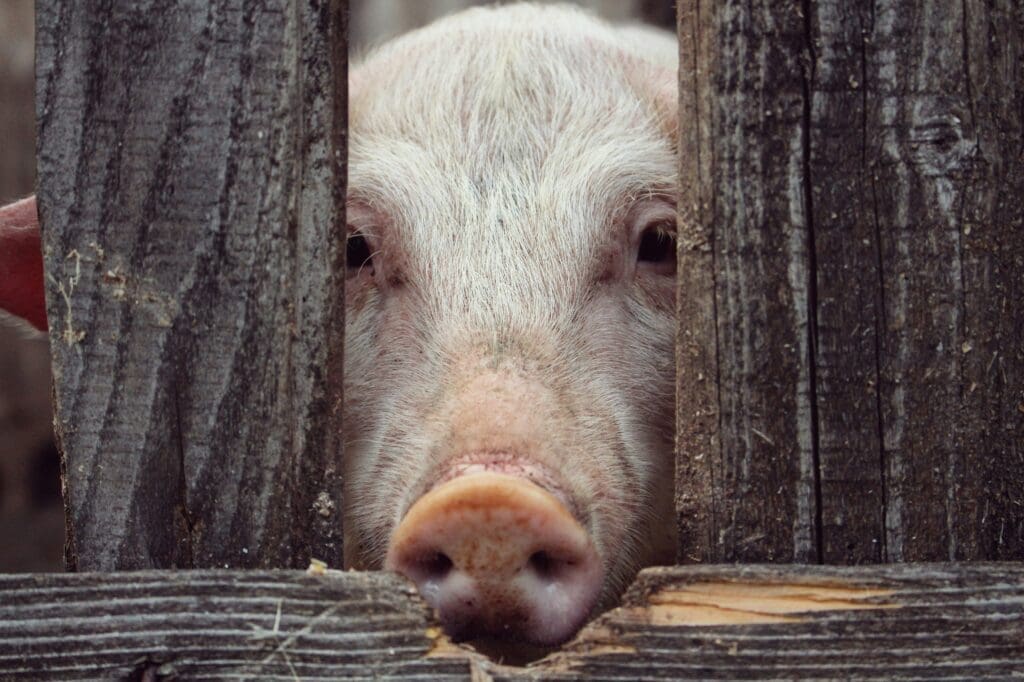
Ethical, cultural and religious considerations also play a crucial role to go for a plant-based diet.[2] Industrial farming practices often compromise animal welfare, involving confinement, inhumane treatment, and slaughter.[8] Choosing a plant-based diet reflects compassion and kindness, reducing the demand for animal products and the suffering of animals. Additionally, as awareness grows, more people are inspired by personal experiences, cultural influences, and the supportive community of plant-based advocates. This lifestyle shift leads to culinary exploration, with advances in food technology offering delicious, nutritious alternatives that enhance the dining experience while supporting a healthier, eco-friendly future.
A Vegetarian’s View by Niels from Nuremberg
“As a vegetarian, I rely on the meat alternatives available in German supermarkets, restaurants, canteens, and other food places. The variety of plant-based substitutes is vast, and the range of options is constantly growing. The taste, texture, and visual appeal have significantly improved throughout the years.
You can find products from German and Dutch companies like “Ruegenwalder Muehle” and “The Vegetarian Butcher”, respectively, in almost every supermarket here. These products closely resemble real meat and have been developed and optimized over many years, offering the chance to create delicious and healthy dishes at home. My favorite is vegetarian Spaghetti alla Carbonara, where I replace the smoked bacon with a meat alternative of similar taste and consistency.”
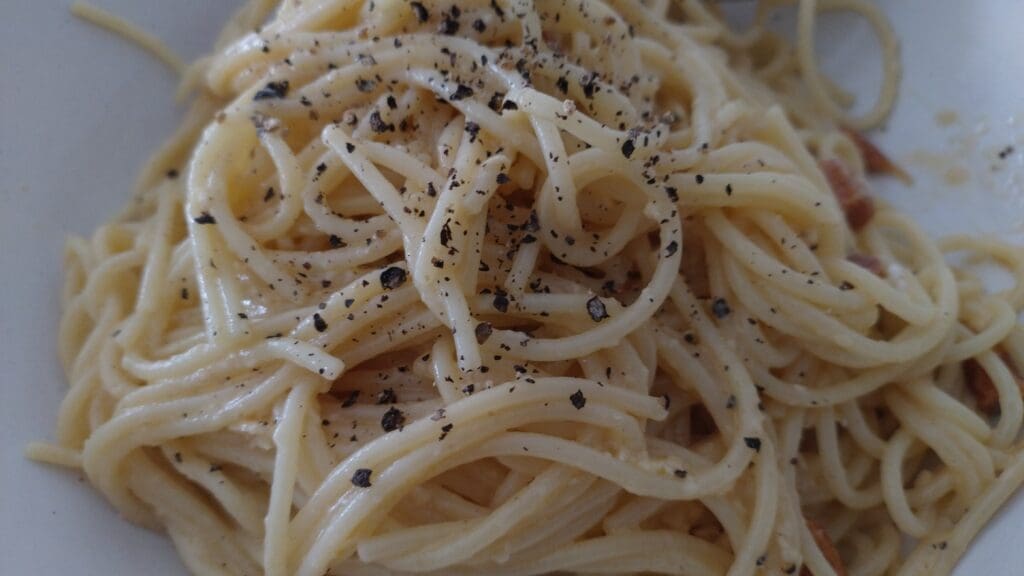
Summary
Ultimately, whether you can live with or without meat is a matter of personal perspective. If you prefer to eat meat, that’s your choice. However, plant-based meat alternatives not only benefit the environment, besides being healthy, but also make a lasting impression on others. When you incorporate vegetarian dishes into your meals, it can positively influence your family, relatives and friends, creating a ripple effect.

The topic of plant-based meat alternatives will continue to be discussed for years to come. Some people may never try them, while others will regularly incorporate them into their diet. Still, some will become vegetarians or vegans for good and embrace it as their way of life. Although it will always be an individual decision, it is one of the most important topics for our entire society and our future, highlighting how we can combine traditional eating habits with a healthier, eco-friendly diet and lifestyle.
Sources:
[1] https://gfi.org/plant-based
[2] https://en.wikipedia.org/wiki/Meat_alternative
[3] https://biooekonomie.de/themen/dossiers/pflanzenbasierter-fleischersatz-produkte-mit-zukunftspotenzial
[4] https://en.wikipedia.org/wiki/Antibiotic_use_in_livestock
[5] https://en.wikipedia.org/wiki/Cholesterol
[6] https://en.wikipedia.org/wiki/Dietary_fiber
[7] https://de.wikipedia.org/wiki/Ballaststoff
[8] https://en.wikipedia.org/wiki/Intensive_animal_farming





